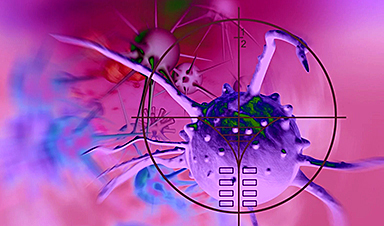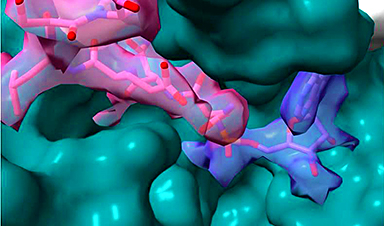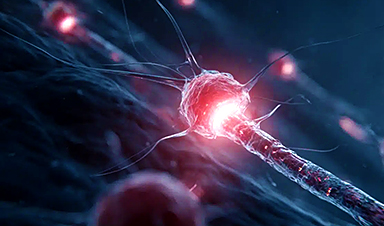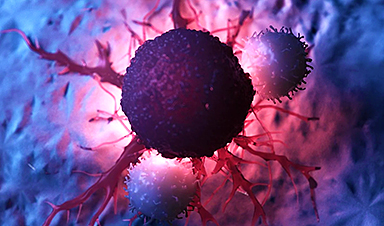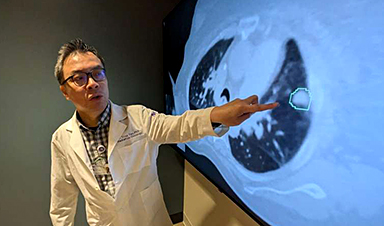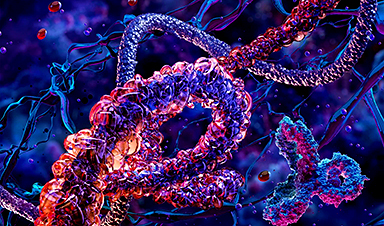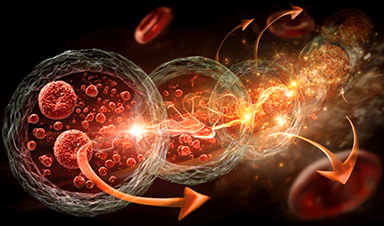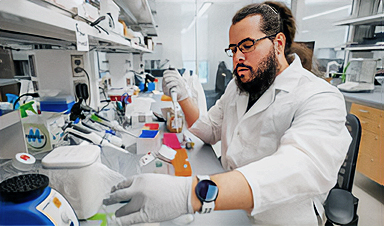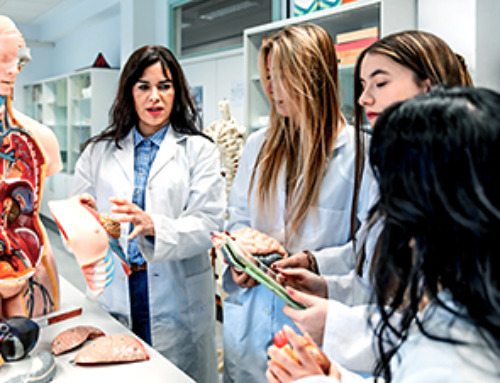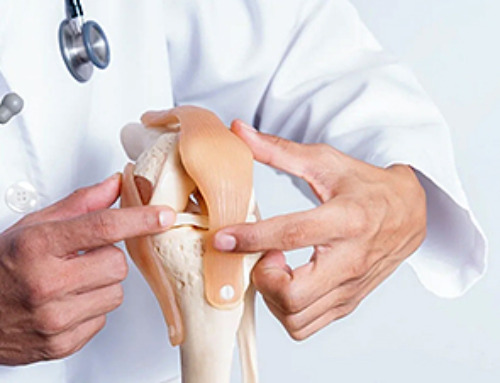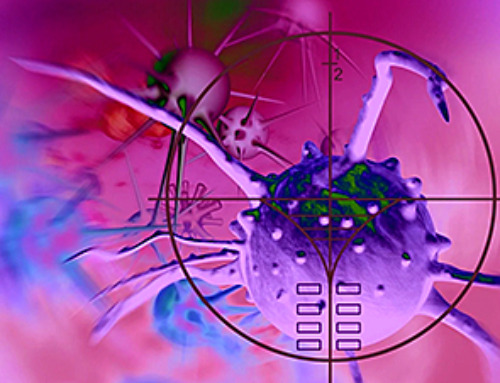MIT researchers have introduced an efficient reinforcement learning algorithm that enhances AI’s decision-making in complex scenarios, such as city traffic control.
By strategically selecting optimal tasks for training, the algorithm achieves significantly improved performance with far less data, offering a 50x boost in efficiency. This method not only saves time and resources but also paves the way for more effective AI applications in real-world settings.
AI Decision-Making
Across fields like robotics, medicine, and political science, researchers are working to train AI systems to make meaningful and impactful decisions. For instance, an AI system designed to manage traffic in a congested city could help drivers reach their destinations more quickly while enhancing safety and sustainability.
However, teaching AI to make effective decisions is a complex challenge.
Challenges in Reinforcement Learning
Reinforcement learning models, the foundation of many AI decision-making systems, often struggle when confronted with even slight changes in the tasks they are trained for. For example, in traffic management, a model might falter when handling intersections with varying speed limits, lane configurations, or traffic patterns.
To boost the reliability of reinforcement learning models for complex tasks with variability, MIT researchers have introduced a more efficient algorithm for training them.
Strategic Task Selection in AI Training
The algorithm strategically selects the best tasks for training an AI agent so it can effectively perform all tasks in a collection of related tasks. In the case of traffic signal control, each task could be one intersection in a task space that includes all intersections in the city.
By focusing on a smaller number of intersections that contribute the most to the algorithm’s overall effectiveness, this method maximizes performance while keeping the training cost low.
Enhancing AI Efficiency With a Simple Algorithm
The researchers found that their technique was between five and 50 times more efficient than standard approaches on an array of simulated tasks. This gain in efficiency helps the algorithm learn a better solution in a faster manner, ultimately improving the performance of the AI agent.
“We were able to see incredible performance improvements, with a very simple algorithm, by thinking outside the box. An algorithm that is not very complicated stands a better chance of being adopted by the community because it is easier to implement and easier for others to understand,” says senior author Cathy Wu, the Thomas D. and Virginia W. Cabot Career Development Associate Professor in Civil and Environmental Engineering (CEE) and the Institute for Data, Systems, and Society (IDSS), and a member of the Laboratory for Information and Decision Systems (LIDS).
She is joined on the paper by lead author Jung-Hoon Cho, a CEE graduate student; Vindula Jayawardana, a graduate student in the Department of Electrical Engineering and Computer Science (EECS); and Sirui Li, an IDSS graduate student. The research will be presented at the Conference on Neural Information Processing Systems.
Balancing Training Approaches
To train an algorithm to control traffic lights at many intersections in a city, an engineer would typically choose between two main approaches. She can train one algorithm for each intersection independently, using only that intersection’s data, or train a larger algorithm using data from all intersections and then apply it to each one.
But each approach comes with its share of downsides. Training a separate algorithm for each task (such as a given intersection) is a time-consuming process that requires an enormous amount of data and computation, while training one algorithm for all tasks often leads to subpar performance.
Wu and her collaborators sought a sweet spot between these two approaches.
Advantages of Model-Based Transfer Learning
For their method, they choose a subset of tasks and train one algorithm for each task independently. Importantly, they strategically select individual tasks that are most likely to improve the algorithm’s overall performance on all tasks.
They leverage a common trick from the reinforcement learning field called zero-shot transfer learning, in which an already trained model is applied to a new task without being further trained. With transfer learning, the model often performs remarkably well on the new neighbor task.
“We know it would be ideal to train on all the tasks, but we wondered if we could get away with training on a subset of those tasks, apply the result to all the tasks, and still see a performance increase,” Wu says.
MBTL Algorithm: Optimizing Task Selection
To identify which tasks they should select to maximize expected performance, the researchers developed an algorithm called Model-Based Transfer Learning (MBTL).
The MBTL algorithm has two pieces. For one, it models how well each algorithm would perform if it were trained independently on one task. Then it models how much each algorithm’s performance would degrade if it were transferred to each other task, a concept known as generalization performance.
Explicitly modeling generalization performance allows MBTL to estimate the value of training on a new task.
MBTL does this sequentially, choosing the task which leads to the highest performance gain first, then selecting additional tasks that provide the biggest subsequent marginal improvements to overall performance.
Since MBTL only focuses on the most promising tasks, it can dramatically improve the efficiency of the training process.
Implications for Future AI Development
When the researchers tested this technique on simulated tasks, including controlling traffic signals, managing real-time speed advisories, and executing several classic control tasks, it was five to 50 times more efficient than other methods.
This means they could arrive at the same solution by training on far less data. For instance, with a 50x efficiency boost, the MBTL algorithm could train on just two tasks and achieve the same performance as a standard method which uses data from 100 tasks.
“From the perspective of the two main approaches, that means data from the other 98 tasks was not necessary or that training on all 100 tasks is confusing to the algorithm, so the performance ends up worse than ours,” Wu says.
With MBTL, adding even a small amount of additional training time could lead to much better performance.
In the future, the researchers plan to design MBTL algorithms that can extend to more complex problems, such as high-dimensional task spaces. They are also interested in applying their approach to real-world problems, especially in next-generation mobility systems.
Reference: “Model-Based Transfer Learning for Contextual Reinforcement Learning” by Jung-Hoon Cho, Vindula Jayawardana, Sirui Li and Cathy Wu, 21 November 2024, Computer Science > Machine Learning.
arXiv:2408.04498
The research is funded, in part, by a National Science Foundation CAREER Award, the Kwanjeong Educational Foundation PhD Scholarship Program, and an Amazon Robotics PhD Fellowship.
News
Repurposed drugs could calm the immune system’s response to nanomedicine
An international study led by researchers at the University of Colorado Anschutz Medical Campus has identified a promising strategy to enhance the safety of nanomedicines, advanced therapies often used in cancer and vaccine treatments, [...]
Nano-Enhanced Hydrogel Strategies for Cartilage Repair
A recent article in Engineering describes the development of a protein-based nanocomposite hydrogel designed to deliver two therapeutic agents—dexamethasone (Dex) and kartogenin (KGN)—to support cartilage repair. The hydrogel is engineered to modulate immune responses and promote [...]
New Cancer Drug Blocks Tumors Without Debilitating Side Effects
A new drug targets RAS-PI3Kα pathways without harmful side effects. It was developed using high-performance computing and AI. A new cancer drug candidate, developed through a collaboration between Lawrence Livermore National Laboratory (LLNL), BridgeBio Oncology [...]
Scientists Are Pretty Close to Replicating the First Thing That Ever Lived
For 400 million years, a leading hypothesis claims, Earth was an “RNA World,” meaning that life must’ve first replicated from RNA before the arrival of proteins and DNA. Unfortunately, scientists have failed to find [...]
Why ‘Peniaphobia’ Is Exploding Among Young People (And Why We Should Be Concerned)
An insidious illness is taking hold among a growing proportion of young people. Little known to the general public, peniaphobia—the fear of becoming poor—is gaining ground among teens and young adults. Discover the causes [...]
Team finds flawed data in recent study relevant to coronavirus antiviral development
The COVID pandemic illustrated how urgently we need antiviral medications capable of treating coronavirus infections. To aid this effort, researchers quickly homed in on part of SARS-CoV-2's molecular structure known as the NiRAN domain—an [...]
Drug-Coated Neural Implants Reduce Immune Rejection
Summary: A new study shows that coating neural prosthetic implants with the anti-inflammatory drug dexamethasone helps reduce the body’s immune response and scar tissue formation. This strategy enhances the long-term performance and stability of electrodes [...]
Scientists discover cancer-fighting bacteria that ‘soak up’ forever chemicals in the body
A family of healthy bacteria may help 'soak up' toxic forever chemicals in the body, warding off their cancerous effects. Forever chemicals, also known as PFAS (per- and polyfluoroalkyl substances), are toxic chemicals that [...]
Johns Hopkins Researchers Uncover a New Way To Kill Cancer Cells
A new study reveals that blocking ribosomal RNA production rewires cancer cell behavior and could help treat genetically unstable tumors. Researchers at the Johns Hopkins Kimmel Cancer Center and the Department of Radiation Oncology and Molecular [...]
AI matches doctors in mapping lung tumors for radiation therapy
In radiation therapy, precision can save lives. Oncologists must carefully map the size and location of a tumor before delivering high-dose radiation to destroy cancer cells while sparing healthy tissue. But this process, called [...]
Scientists Finally “See” Key Protein That Controls Inflammation
Researchers used advanced microscopy to uncover important protein structures. For the first time, two important protein structures in the human body are being visualized, thanks in part to cutting-edge technology at the University of [...]
AI tool detects 9 types of dementia from a single brain scan
Mayo Clinic researchers have developed a new artificial intelligence (AI) tool that helps clinicians identify brain activity patterns linked to nine types of dementia, including Alzheimer's disease, using a single, widely available scan—a transformative [...]
Is plastic packaging putting more than just food on your plate?
New research reveals that common food packaging and utensils can shed microscopic plastics into our food, prompting urgent calls for stricter testing and updated regulations to protect public health. Beyond microplastics: The analysis intentionally [...]
Aging Spreads Through the Bloodstream
Summary: New research reveals that aging isn’t just a local cellular process—it can spread throughout the body via the bloodstream. A redox-sensitive protein called ReHMGB1, secreted by senescent cells, was found to trigger aging features [...]
AI and nanomedicine find rare biomarkers for prostrate cancer and atherosclerosis
Imagine a stadium packed with 75,000 fans, all wearing green and white jerseys—except one person in a solid green shirt. Finding that person would be tough. That's how hard it is for scientists to [...]
Are Pesticides Breeding the Next Pandemic? Experts Warn of Fungal Superbugs
Fungicides used in agriculture have been linked to an increase in resistance to antifungal drugs in both humans and animals. Fungal infections are on the rise, and two UC Davis infectious disease experts, Dr. George Thompson [...]



